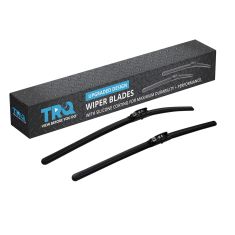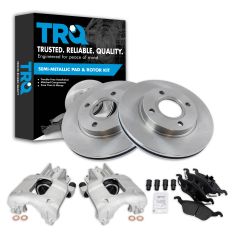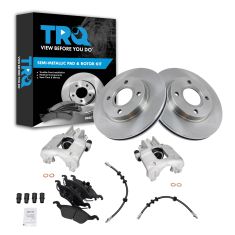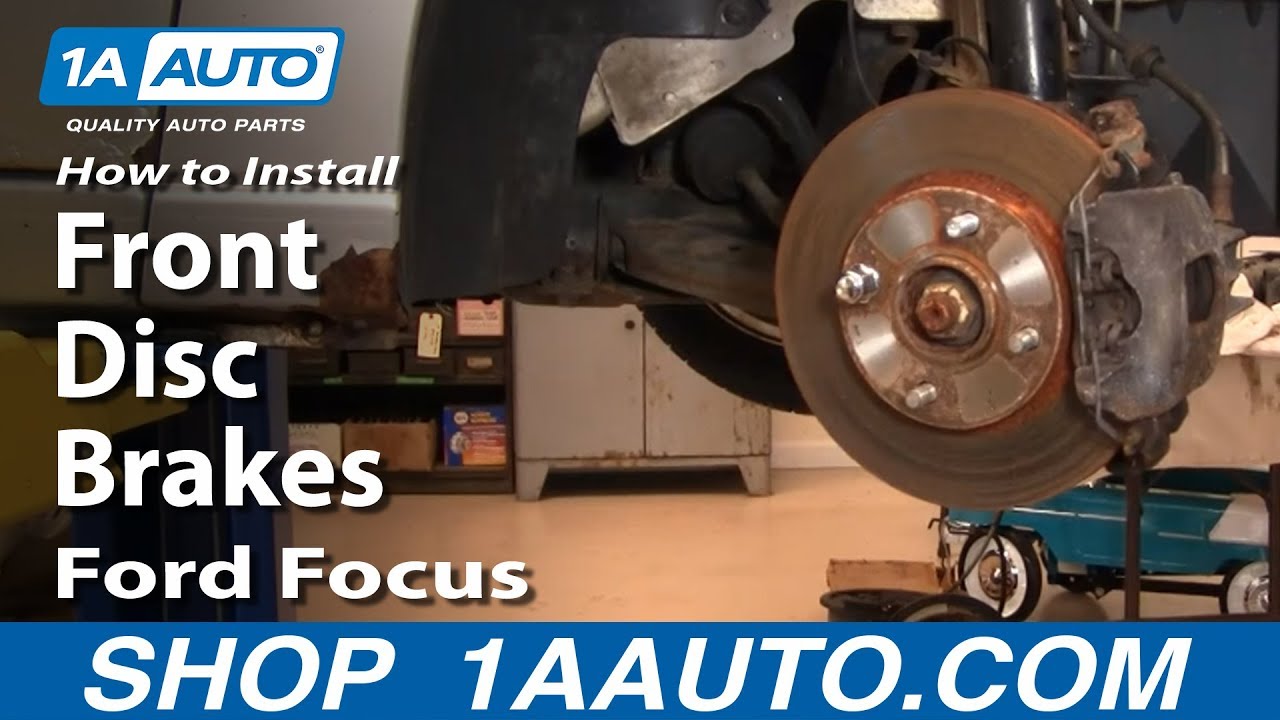1ABFS02912-Ford Focus Front & Rear Semi-Metallic Brake Pad & Rotor Kit TRQ BKA11901
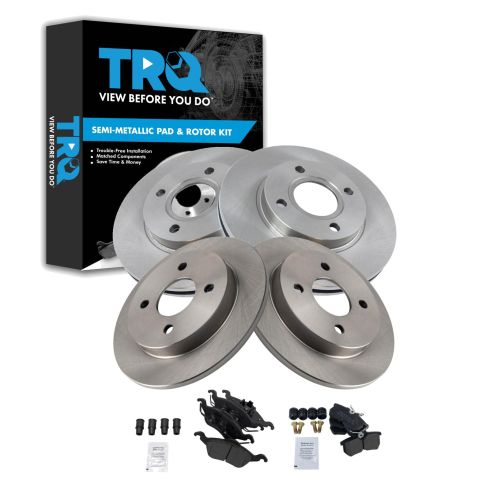


Replaces
2004 Ford Focus ZTS Front & Rear Semi-Metallic Brake Pad & Rotor Kit TRQ BKA11901


Recommended for your 2004 Ford Focus
Product Reviews
Loading reviews
Customer Q&A
No questions have been asked about this item.
Ford is a registered trademark of Ford Motor Company. 1A Auto is not affiliated with or sponsored by Ford or Ford Motor Company.
See all trademarks.












